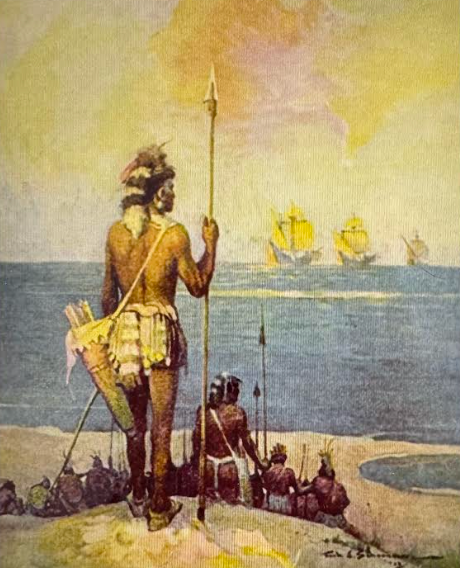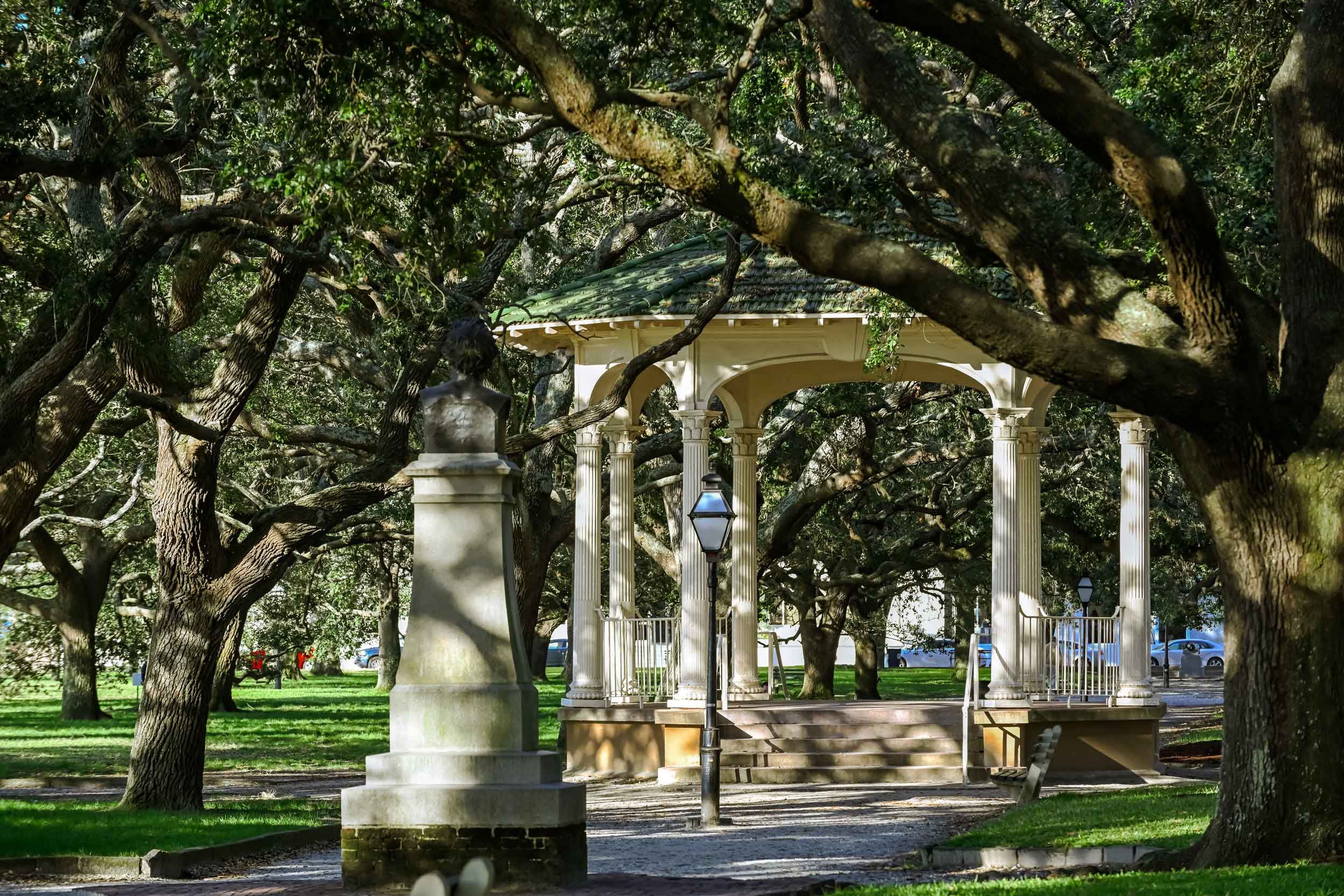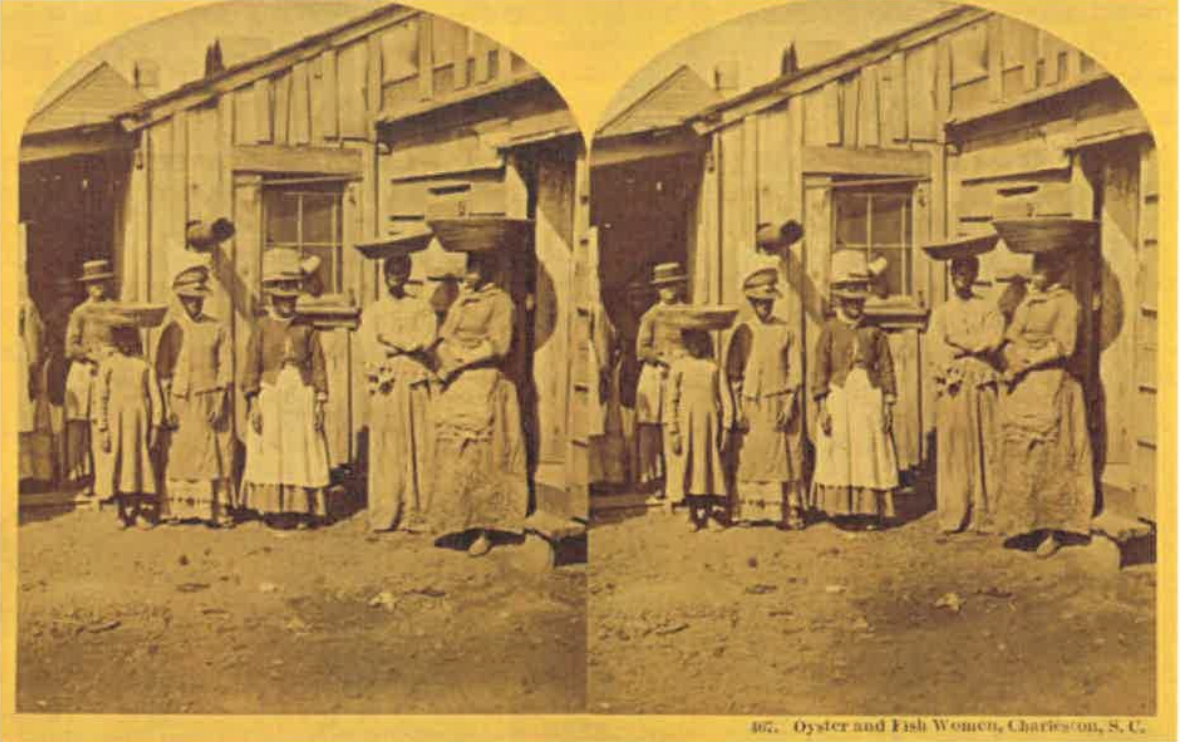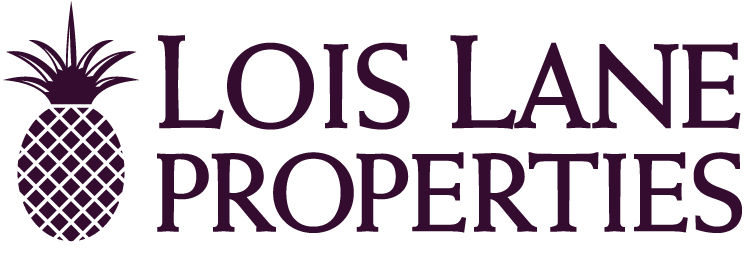Published November 25, 2025
Thanksgiving Blessings

What are you thankful for this year?
At Lois Lane Properties, we often reflect on what we’re most thankful for. No matter the year, it always comes back to the same timeless gifts: family, friends, and our deep love for this beautiful city we’re fortunate to call home. This Thanksgiving, we’re reflecting on the people, places, and moments that fill our hearts with gratitude.
"Thankful for my adult children—navigating a changing world with such positivity and grace." —Keelin
"Grateful for the two-legged humans and four-legged pups who lift me up, keep me grounded, and brighten every day." —Karina
"Nothing compares to the breathtaking sunrises and the glorious church steeples that stand watch over the Holy City." —Belinda
"Feeling lucky to live in a community where neighbors give back, lift one another up, and embody the true spirit of Charleston." —Ginger & Greg
"I am grateful for my health and for my family." —Ellery
"Grateful for the family farm on Edisto—and for the plentiful harvest I’ll share with loved ones this Thanksgiving." —Ruthie
As for me, I am thankful for the hard-won freedom we cherish today, and for my ancestors who fought in the rugged backcountry of South Carolina—men and women who risked everything so that their descendants might inherit the blessings of liberty./p>
Native American Indians & Oysters

Indians at Santa Elena, Courtesy of Parris Island Museum
We don’t know much about South Carolina’s very first Thanksgiving, but we do know that the English settlers who sailed over from the Thames River in London were surely grateful just to be alive when they anchored in the Ashley River in 1670. Thankfully, the Native Americans—especially the Kiawah—helped them get their footing. They shared food, farming know-how, and traded with the newcomers, which made those first seasons far more survivable.
By 1680, the settlers had moved from Albemarle Point to the peninsula between the Ashley and Cooper Rivers. By the time of the move, the population had grown to nearly 1,000 residents. The tip of the peninsula was once nicknamed Oyster Point (known today as White Point Garden), thanks to the mountains of shells left behind in ancient Native American middens. Those same shells were perfect for making tabby—the oyster-shell concrete still seen in old Lowcountry walls and foundations.

One of my favorite peeks into colonial cooking is A Colonial Plantation Cookbook: The Receipt Book of Harriott Pinckney Horry, 1770. (Back then, “receipt” meant recipe—so much more official-sounding!) She describes a world where wild game was plentiful, fish could be scarce, but oysters, crabs, and shrimp were cheap and abundant. Once thought to be a hardship food, they are often considered a delicacy these days.

So yes—if you want a truly traditional Lowcountry Thanksgiving, you’ll need oysters. Early settlers ate them in everything: stuffing, dressings, casseroles, or just on their own. My cousin Weldon makes the best fried oysters, always cooked outside, which of course makes them taste even better. Oh boy, am I looking forward to having them on our annual Thanksgiving camping trip next week!
"Ye-ash-teer?"

Oyster and Fish Women, Charleston, SC circa 1870 from South Carolina Industry: A History by Victor G. Burrell, Jr.
"...The landing place was at the foot of Market Street, next to the Custom House. The hucksters would meet these boats, bargain for fish and then carry them through the streets, along their accustomed route, in a tray; and in the early morning you might hear this cry: "Yuh f-e-e-sh! Yere dem porgy gwine by, buyers!" ...The oyster woman carried her oysters around in a pail balanced on the head, and the had a calabash (gourd) with holes pierced in the bottom of it. This was to scoop them up with and the holes wre for draining the "liquor" off from the oysters. Her cry was short and sweet, and consisted of but the word "Ye-ash-teer?"





